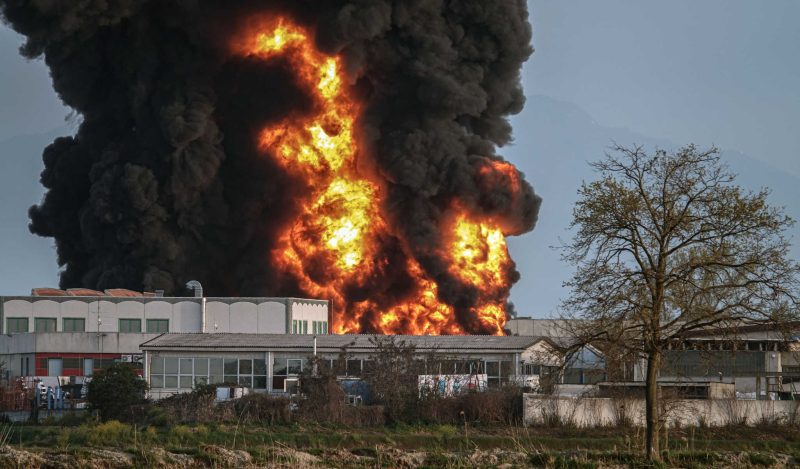As COVID-19 blazed its path across the world, it sparked an insatiable demand for hand sanitizer, creating a frenzied market that had more in common with a gold rush than a public health measure. The US Food and Drug Administration (FDA) stepped in, relaxing regulations to meet this spiraling demand. However, this decision, akin to opening Pandora’s box, triggered a cascade of unintended consequences, culminating in an environmental catastrophe in Carson, California.
Wired magazine describes the scene:
Without the threat of an FDA inspection, thousands of companies that had never made or sold hand sanitizer before, let alone any other over-the-counter drug, immediately began distribution. From whiskey and vodka distillers to manufacturers of CBD oils, beauty products, and drilling fluids, anyone with access to ethanol seemed to rebrand, overnight, as a sanitizer maker.
Hand sanitizer was seen as the modern-day protective talisman in the early stages of the pandemic, with sales spiking a staggering 470 percent in the first week of March 2020 alone. Under usual circumstances, stringent FDA regulations monitor hand sanitizer manufacturing, but the unprecedented scenario led to a relaxation of these rules. Suddenly, businesses were sourcing sanitizer from non-pharmaceutical-grade ethanol, leading to a Wild West situation where companies with zero experience in sanitizer production flooded the market.
Enter ArtNaturals, a beauty company turned pandemic hand sanitizer supplier based in Carson. A seemingly innocuous decision to store thousands of bottles in unmarked warehouses next to a mobile home park became a ticking time bomb. On September 30, 2021, disaster struck when a fire erupted in one of these warehouses. Fueled by the highly flammable ethanol-based sanitizer, the fire blazed fiercely for 17 grueling hours, requiring the efforts of 200 firefighters to extinguish.
The aftermath of the fire was even more catastrophic. Leftover hand sanitizer contaminated the water system, washing down a nearby storm drain and leading to a domino effect of ecological disasters. In the following days, residents across southern LA County reported a noxious odor, a potent mix of rotten eggs and industrial chemicals, permeating the air. This stench was traced back to the Dominguez Channel, a waterway flowing through a populated stretch of residences and retail outlets.
This foul smell was identified as hydrogen sulfide, a gas formed by the breakdown of organic matter in low-oxygen conditions. Investigators discovered alarming levels of pollutants such as benzene, methanol, and ethanol in the channel, tracing it back to the ArtNaturals warehouse fire. Residents had been suffering from symptoms like headaches, dizziness, nausea, coughing, and difficulty breathing – a potent illustration of the intersection between environmental and public health hazards.
Carson’s environmental calamity underscores the perilous side effects of policy decisions made amidst a crisis. The FDA’s regulatory relaxation paved the way for a deluge of inexperienced manufacturers, contributing to potentially harmful products and hazardous conditions like the ones in Carson.
Compounding the issue was the challenge of dealing with hazardous waste. Disposing of sanitizer should be treated with the same caution as other hazardous waste, but the process is expensive and tedious. This daunting task was magnified by several fires involving vast quantities of unsellable hand sanitizer across the country in the past year.
To sum up, Carson, California, serves as a grim cautionary tale, underscoring the urgent need for a more nuanced approach to crisis management. The explosive legacy of the hand sanitizer boom teaches us a hard lesson – the road the hell is paved with good intentions.
Republished from the author’s substack
Join the conversation:

Published under a Creative Commons Attribution 4.0 International License
For reprints, please set the canonical link back to the original Brownstone Institute Article and Author.









